The annual 2nd Grade Store has taken on a few different looks in the past couple of years but the goal of the project still remains the same: to provide students an experience rich in problem solving, creativity and critical thinking as well as hitting some important second grade content standards.
This yearly project has many different facets. Students are first tasked with coming up with a product idea that they will be able to create. These range from magnets, to ornaments, to toys amongst a variety of other things. They need to take certain things into consideration such as time and efficiency in creating their products as well as the different materials they will need.
Once they have a good idea, they begin production of a product prototype, often gaining new skills asthey learn how to use different types of tools.
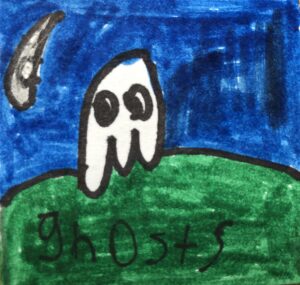
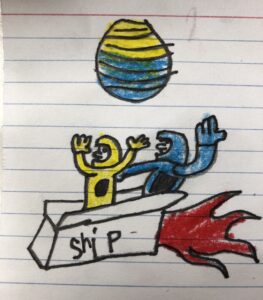
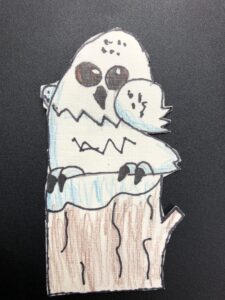
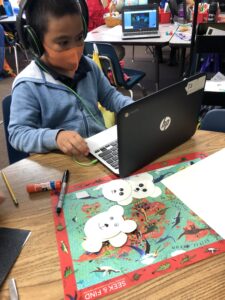
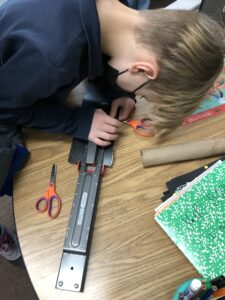
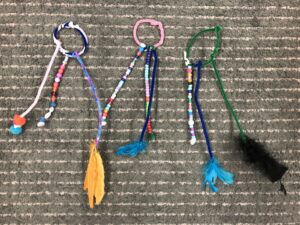
Students then turn their attention to advertising. They come up with a name for their business and create logos which will go on their catalog pages but will also be made into stickers put on every product they sell. Students also utilize their knowledge of persuasive writing to write and record commercials, which are then included in the catalog sent out to the prospective shoppers before the store opens.
Due to the constraints of covid and social distancing, the physical shop is not opened. Instead, shoppers are given an order form and a set dollar amount that they can spend at the store. They return the order forms and the second grade entrepreneurs get to work filling the orders for their store. Their customer base this year consisted of first graders, third graders, fifth graders, middle schoolers and a spattering of teachers and parents.
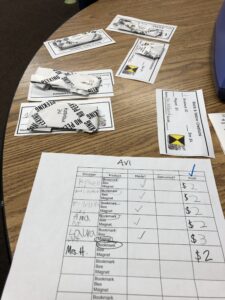
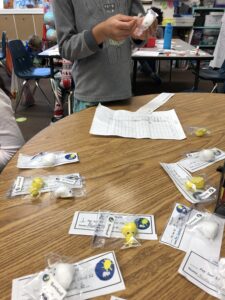
Once the store closes, it is time for cleanup and more reflection. The second graders reflect on what went well: selling and making the product, what was challenging: making enough product, and what their favorite part of the project was; selling to all the people. Some of this reflection wisdom is shared with the next year’s class during the beginning planning of the store, such as make sure you are making what people want to buy, it’s a lot of work to do that many things, you need to have a good price – not too high and not too low. The students have to utilize their math knowledge to then calculate their profit. Whatever they have earned goes into their individual banks at school and they are able to go shopping at the teacher store, continuing the process of exercising their critical thinking, reasoning, and mathematical skills to become the consumer instead of the producer.
While this project hits grade level standards in different areas, the real benefit is the authenticity and real world experience that the kids gain. While technically they were in a competition with their classmates, that didn’t stop them from offering each other help and ideas throughout the process. They used their critical thinking skills to solve problems, creativity in designing product, booth, and commercials and their communication skills got a workout as well. Students were able to see the economic terms and concepts that they had been studying firsthand and apply their knowledge in order to have a favorable outcome…authentic learning at its best.
